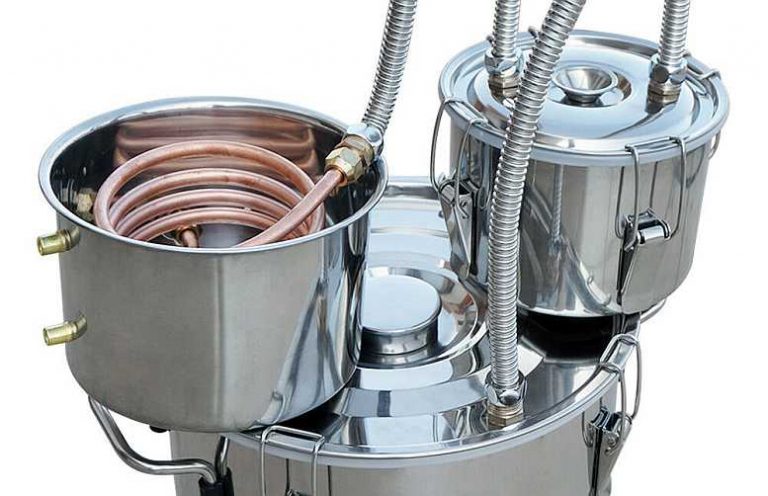Distiller Cuts: Separating the Heads, the Heart, and the Tails

COMPARED TO the gobsmacking insanity of our daily micro-verse, the ancient art of distillation remains refreshingly simple.
It serves as our modern alchemy and is far more delicious than turning lead into gold.
Still, the practice of distillation is mired in mystery to the layperson. Take a tour of your local distillery and you’ll likely hear explanations for all sorts of arcane terms. By the end of the tour, you may find yourself feeling a bit lost.
Perhaps one of the most confusing concepts in distillation is that of distiller cuts. This term is often thrown out along with “heads”, “hearts”, and “tails” to further confuse matters. Few non-industry people truly grasp what these words actually mean. They’re not complicated, but they do warrant some explanation.
CLICK NOW for our Latest Exclusive Flavour – Grainge Single Malt Whisky Spirit Essence
A Distillation Refresher
During distillation, liquid in the still is heated to a vapor. That vapor is then pushed along to the condenser where it is cooled back into a liquid. The resulting distillate is more concentrated in ethanol and certain flavor compounds than the liquid it left behind in the still. As the distillation process continues, the heat in the still continues to rise as more alcohol leaves the liquid being distilled. This has the interesting effect of causing certain flavors and aromas to be released in the still at different times.
The first compounds released in the still as it heats up are the lower boiling point compounds which we call “heads”. These compounds include methanol, acetaldehyde and lighter esters. The overall aroma of these chemicals is kind of solvent-like and not very pleasant. Naturally, it isn’t something we want to have much of in our spirit. Besides, high concentrations of some of these compounds (lookin’ at you, methanol) are toxic to humans, so getting rid of as much as we can is a good practice.
A little bit of heads can create some complexity in the spirit down the line so it’s up to the distiller to decide how much to cut out.
In short, distiller cuts are nothing more than the distiller making a decision about the qualities of the incoming spirit. The distiller then moves the flow of distillate from one container to another.
Collecting the Heart
Once the distiller makes the first cut, the heads are generally either disposed of or redistilled in able to collect more alcohol from them.
After the distiller has decided that the quality of the incoming distillate is good enough to keep for drinking purposes, they will cut to “hearts”. Hearts are ultimately what become the finished product. They contain the bulk of the ethanol we want along with flavors and aromas that make our spirit unique.

The Art
The amount of heads and tails allowed to bleed into the heart is one of the ways a distiller decides the distillery’s house character. Some distillers make these decisions based on parameters such as time and ABV. Others prefer to use taste and smell to make cuts. Either way it’s as much an art as it is a science. It can take years for a distiller to become consistent with their technique.
Furthermore, while we’ve outlined the basic idea behind distiller cuts here, some distilling traditions practice the art a little differently. For instance, cognac producers separate tails into two sections: one that gets redistilled and one that doesn’t.
Love Gin? CLICK NOW! and grab your Park Lane Gin Spirit Essence… you’ll LOVE it
Many mezcal and whisky producers collect a fair amount of tails because it helps to accentuate the smoke aromas in their distillate. Bourbon often retains some quantity of heads which can favor certain flavors developing as the spirit ages.
The concept behind distiller cuts is not complicated but understanding how to do them well perhaps is. And while there are countless ways for a distiller to leave their mark on the flavor of their spirit, the art of cutting is definitely one of the most powerful.
Until next time… Happy Distilling!
Cheers

READ THE FULL STORY RIGHT HERE
Questions about Spirit Essences or Home Distilling?
Phone John direct NOW – 0414 955 743
Visit Our Spirit Essences Facebook Page
Global Flavours’ HOME DISTILLERS CLUB Facebook Group





